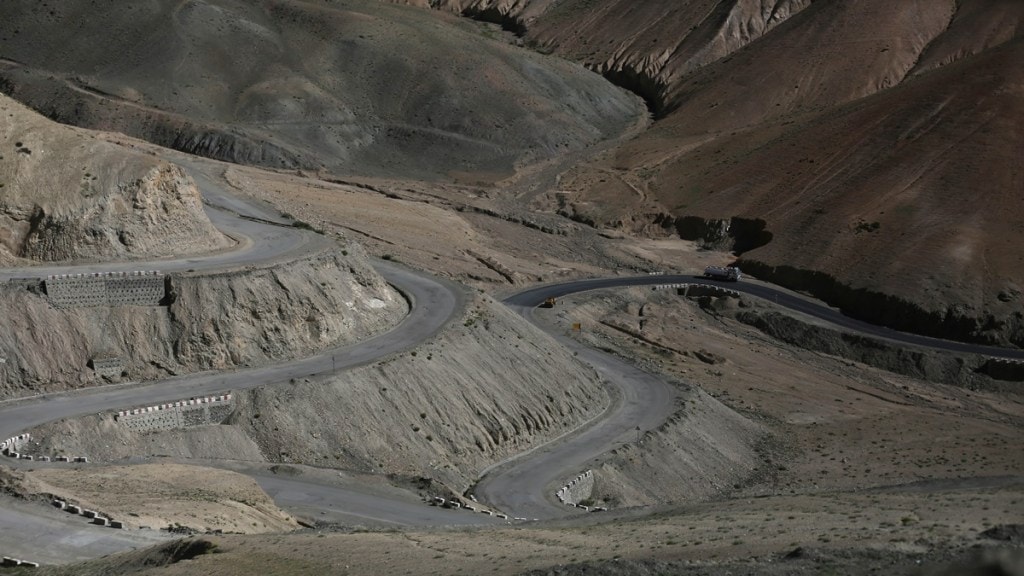In 2022, the Indian army had put out a Request for Information for 18 Articulated All-Terrain Vehicles. UK based BAE Systems and L&T are pitching BvS10 for trials this month.
What are Articulated All-Terrain Vehicles (AATV)?
They are unique and are designed to be operated on some of the most challenging terrain – a twin-cabin, tracked vehicle that can glide through snow, deserts, and even slushy terrains. What sets these machines apart is their ability to move through places where regular wheeled vehicles would be stuck in a heartbeat. But it’s not just about mobility; these vehicles also offer crucial protection to the troops on board, shielding them from small arms fire.
Why does the Indian Army need these?
The answer lies in their intended deployment areas: Ladakh and Kutch. These regions are known for their harsh conditions, with Ladakh experiencing heavy snowfall, and Kutch’s marshy terrain posing a significant challenge. That’s where the AATV comes into play. These versatile carriers can navigate through deep snow, slush, or marshy ground with ease, making them invaluable for patrolling and rapidly responding to operational needs in these demanding environments.
The Indian Army’s request is quite specific. They are looking for 18 of these vehicles, with 12 destined for Nimu in Ladakh and the remaining 6 for Bhuj in Gujarat. This distribution reveals the Army’s strategic intent – they want to utilize these vehicles in the snowy landscapes of Ladakh and the marshy expanses of the Rann of Kutch.
Requirement of the Indian Army
These vehicles must be capable of performing at altitudes of up to 18,000 feet, where the air is thin and cold, and snow blankets the ground. They should also handle the salty and dry marshlands. Inside the vehicle, it should comfortably accommodate 10 soldiers along with their full combat gear, all while ensuring their safety through built-in ballistic protection. Furthermore, these vehicles need to cover a minimum distance of 150 kilometers in cross-country terrain on the plains and maintain performance at high altitudes in the mountains. Additionally, they should have a service life of at least 15 years to ensure long-term reliability and usefulness.
Manufacturers of such vehicles globally?
Various Western manufacturers, including Canada and Finland, are known for producing AATV. Finland’s NASU vehicle, for instance, is renowned and used by multiple countries, including Finland, France, Belgium, and the United States. Sweden boasts its Bandvagn 206, initially developed by a Swedish company that is now part of BAE Systems, Platforms and Services. Interestingly, both the British and US military also rely on the Bandvagn 206. Meanwhile, Russia has its own versions, such as the DT-30 Vityaz and GAZ 3344, which are manufactured domestically.
In essence, the Indian Army’s quest for AATV signifies their commitment to ensuring the safety and mobility of their troops in the challenging terrains of Ladakh and Kutch. These vehicles, with their unique capabilities and robust design, promise to be invaluable assets in the Army’s efforts to secure these regions effectively. As the search for the ideal vehicles continues, one thing is certain – these rugged machines will play a crucial role in safeguarding India’s borders and its brave soldiers who stand guard in some of the harshest environments imaginable.

